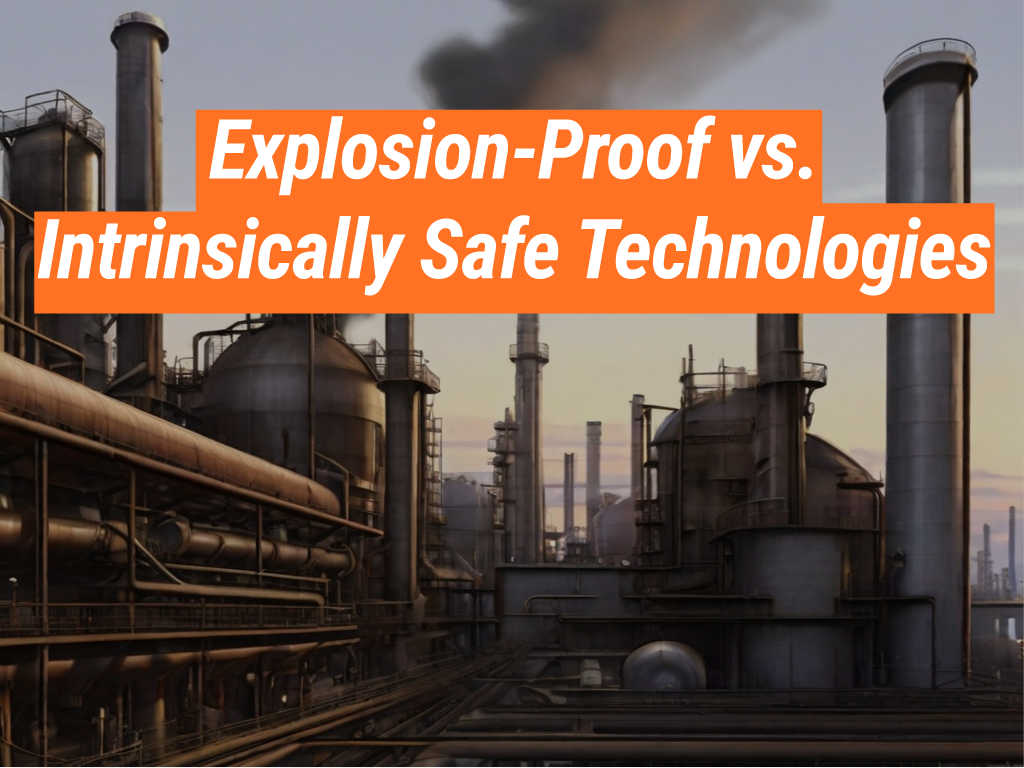When it comes to safety in hazardous environments, two technologies stand out: explosion-proof and intrinsically safe technologies. These technologies are crucial in industries such as oil and gas, mining, and chemical processing, where the risk of explosions is high. This article, brought to you by the Intrinsically Safe Store, will delve into the differences between these two technologies, their applications, and their benefits. We invite you to explore our website for more information on these and other safety technologies.
What is Explosion-Proof Technology?
Explosion-proof technology is designed to prevent an external explosion by containing any internal explosion within the device itself. This is achieved by constructing the device in such a way that it can withstand an internal explosion without rupturing. Furthermore, the design prevents any sparks or heat from the internal explosion from reaching the external explosive atmosphere.
Applications of Explosion-Proof Technology
- Lighting fixtures in hazardous areas
- Electrical switches in explosive environments
- Motor starters in industries such as oil and gas
What is Intrinsically Safe Technology?
Intrinsically safe technology, on the other hand, is designed to prevent explosions by ensuring that the energy levels within the device are too low to ignite an explosive atmosphere. This is achieved by limiting the electrical and thermal energy in the device so that ignition cannot occur.
Applications of Intrinsically Safe Technology
- Communication devices in hazardous areas
- Control systems in explosive environments
- Sensors and detectors in industries such as mining
Explosion-Proof vs. Intrinsically Safe: A Comparison
While both technologies aim to prevent explosions, they do so in different ways. Explosion-proof technology contains and isolates the explosion, while intrinsically safe technology prevents an explosion from occurring in the first place. The choice between the two often depends on the specific requirements of the application and the nature of the hazardous environment.
Case Study: Oil and Gas Industry
In the oil and gas industry, for example, both technologies are used extensively. Explosion-proof technology is often used in lighting fixtures and electrical switches, while intrinsically safe technology is used in communication devices and control systems. The choice between the two is determined by factors such as the risk of explosion, the nature of the explosive atmosphere, and the specific requirements of the application.
In conclusion, both explosion-proof and intrinsically safe technologies play a crucial role in ensuring safety in hazardous environments. While they achieve this in different ways, the choice between the two often depends on the specific requirements of the application and the nature of the hazardous environment. For more information on these and other safety technologies, we invite you to visit the Intrinsically Safe Store. If you have any questions or need further assistance, please do not hesitate to contact us.



























